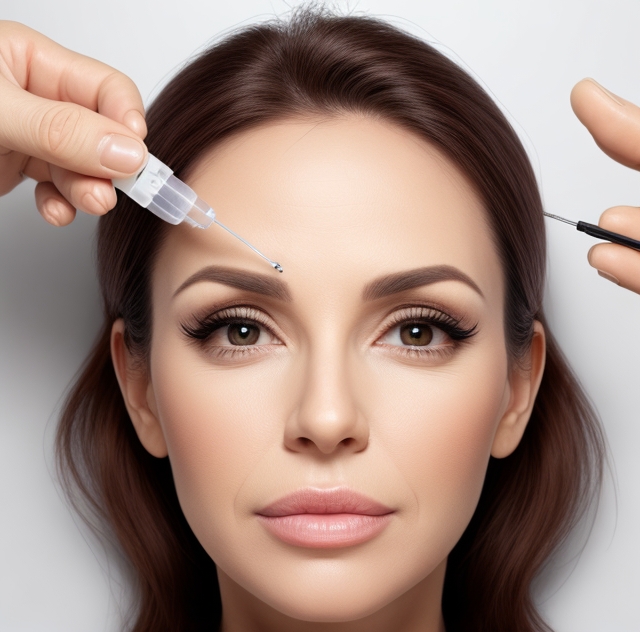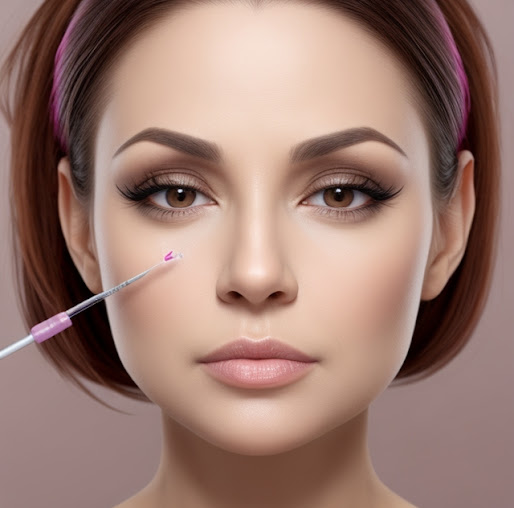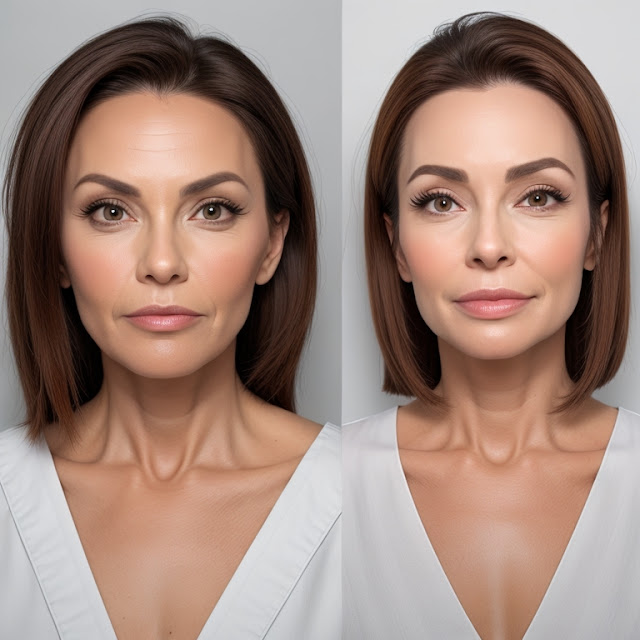Title: Does Botox Hurt? Exploring the Comfort Levels of Botox Injections.
Botox injections have gained immense popularity as a non-surgical cosmetic treatment for reducing wrinkles and fine lines. While its effectiveness is widely acknowledged, one prevalent concern among individuals considering Botox is the level of discomfort associated with the procedure. So, does Botox hurt? Let's delve into the nuances to shed light on what to expect.
Understanding Botox Procedure Sensations
Pain Perception: Pain thresholds vary among individuals, influencing how Botox injections are experienced. Most patients report minimal discomfort akin to a slight pinch or prick during the procedure.
Needle Size: Botox needles are ultra-fine, significantly smaller than those used for vaccinations or blood draws. This smaller gauge contributes to reduced pain as it penetrates the skin with minimal resistance.
Topical Anesthetics: Some practitioners apply topical numbing creams or ice packs to the treatment area before the injections. This helps to further minimize discomfort and soothe the skin during the procedure.
Factors Influencing Pain Perception
Individual Pain Tolerance: Everyone's pain threshold is different. What might cause discomfort to one person might be barely noticeable to another. Communicating your pain tolerance with the administering professional can help them adjust the procedure accordingly.
Treatment Area: The sensitivity of the treatment area can influence the perceived pain. Injections near more sensitive regions, like around the lips or eyes, might feel slightly more uncomfortable than other areas.
Skill of the Practitioner: A skilled and experienced injector can make a significant difference in the comfort levels experienced during a Botox procedure. Their expertise in technique and precision can reduce discomfort and ensure a smoother experience.
Managing Discomfort and Post-Treatment Sensations
Temporary Sensations: Following the injections, some patients might experience mild redness, swelling, or bruising around the injection sites. These typically subside within a few hours to a couple of days.
Post-Treatment Care: Applying ice packs and avoiding strenuous activities immediately after the procedure can help alleviate any discomfort and reduce the risk of bruising.
Long-Term Results: Despite the minor discomfort during the procedure, many patients find the results of Botox injections outweigh any momentary sensations. The visible reduction in wrinkles and fine lines often makes the procedure worthwhile.
Conclusion
In summary, the level of discomfort experienced during Botox injections is generally minimal for most individuals. Factors such as pain tolerance, the area being treated, and the expertise of the injector can influence the overall sensation. While mild discomfort might occur during the procedure, the potential benefits in terms of rejuvenated appearance and increased self-confidence often outweigh any temporary sensations.
Always consult with a qualified and experienced professional to address any concerns and ensure a comfortable and satisfactory Botox experience tailored to your specific needs and preferences.






.jpg)